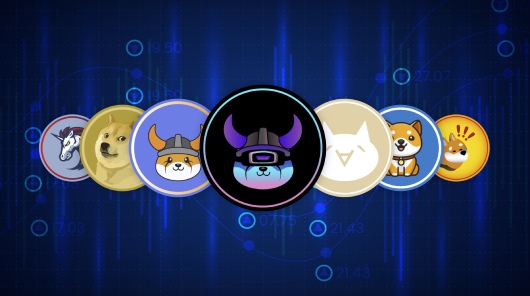
Solana’s blockchain ecosystem has experienced a significant surge in activity, driven by heightened interest in decentralized applications (dApps) and an unexpected revival of memecoins. This activity has led to record-breaking transaction fees and revenues, alongside remarkable institutional investments bolstering the network’s growth.
The price of Solana’s native cryptocurrency (SOL) approached a historic high, trading at $242, with the blockchain’s market capitalization growing to $112 billion. Transaction fees climbed to $11.84 million, reflecting the platform’s expanded use cases and increasing demand for its services. Solana’s largest decentralized exchange (DEX), Raydium, accounted for nearly $15 million in daily fees, supported by contributions from Jito ($15.5 million) and Photon ($3.07 million). These milestones underscore Solana’s strengthening position as a major player in the cryptocurrency market.
Memecoins have been a significant factor in this surge, with tokens like Peanut (PNUT) and Dogwifhat (WIF) gaining traction. PNUT saw a staggering 2,700% increase in value, while WIF climbed to $4.19 following its listing on Coinbase. This revival has reignited user engagement and further solidified Solana’s reputation for scalability and speed, key attributes that appeal to both individual users and institutional players.
Institutional confidence in Solana is evident in its ecosystem’s funding figures. In the third quarter of 2024, dApps operating on Solana received $173 million in investments, marking a 54% increase compared to the previous quarter. This level of funding, the highest since mid-2022, highlights the ecosystem’s maturity and attractiveness for large-scale investors. While the number of funding rounds dropped, the average value per investment rose, reflecting growing trust in the network’s long-term potential.
Solana has also made significant strides in the DeFi sector. Its total value locked (TVL) grew by 26% in Q3 to $5.7 billion, placing it among the top three DeFi ecosystems globally, behind Ethereum and Tron. The platform has also become a favored choice for tokenized treasuries, managing assets valued at $123 million. Leading financial institutions, such as Franklin Templeton and Société Générale, have integrated Solana for their on-chain operations, further validating its utility in the financial sector.
The blockchain’s technical advantages, particularly its low transaction costs and high scalability, have been instrumental in attracting diverse stakeholders. Despite a 6% rise in transaction fees due to increased network activity, Solana remains more cost-effective than many competing blockchains. This affordability, coupled with its ability to handle high throughput, positions Solana as a preferred choice for developers and investors alike.
However, challenges remain. Critics point to concerns over validator centralization, with over a third of Solana’s validators located in the United States and the United Kingdom. Additionally, the network has faced technical outages in the past, raising questions about its reliability. These issues underscore the importance of ongoing development to ensure the platform’s resilience and decentralization.
Arabian Post – Crypto News Network


